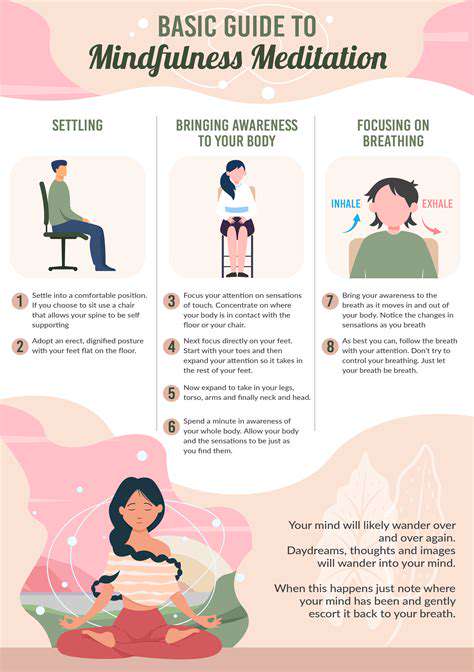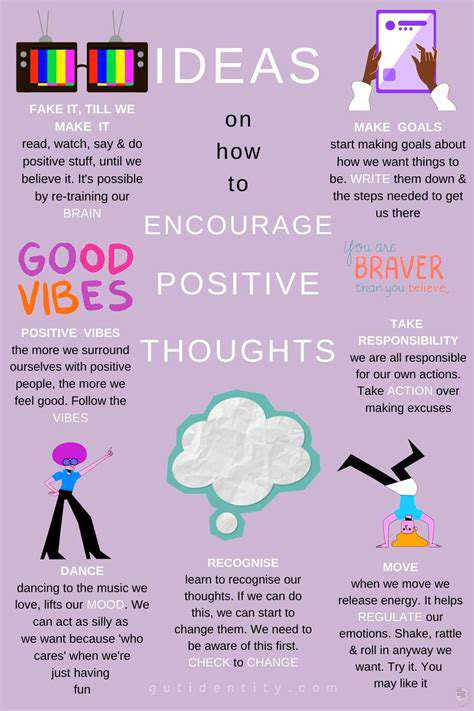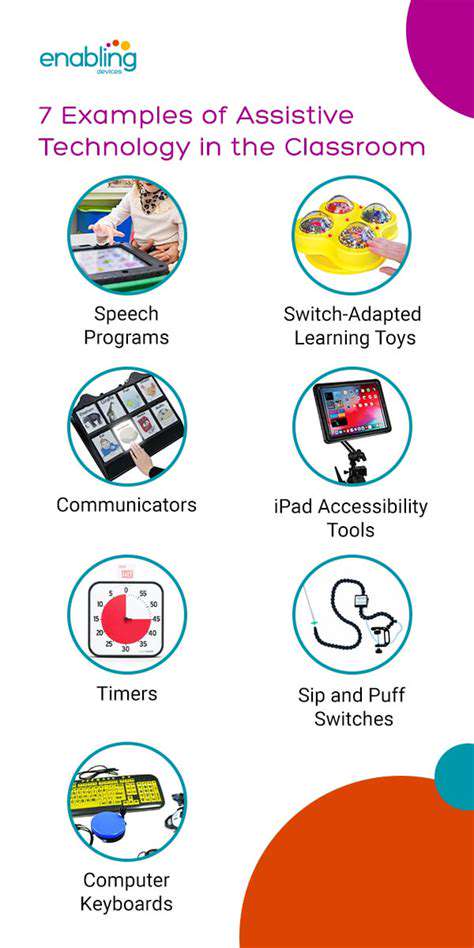Building Resilience in Kids: How to Help Your Child Bounce Back from Setbacks
Building Emotional Regulation Skills
Understanding Emotional Regulation
Emotional regulation is a crucial life skill that helps children navigate their feelings effectively. It involves recognizing, understanding, and managing a wide range of emotions, from joy and excitement to sadness and anger. Children who develop strong emotional regulation skills are better equipped to handle stress, resolve conflicts, and build healthy relationships. This process begins with acknowledging that emotions are a natural part of life and that it's okay to feel them, even the difficult ones.
Helping children identify their emotions is a fundamental step in developing emotional regulation. Use simple language and relatable examples to explain different feelings. For instance, talk about how a specific facial expression or body language can indicate a particular emotion. This way, kids can start to recognize the signs of their own and others' emotions, increasing their emotional intelligence.
Strategies for Developing Emotional Regulation
Consistent and positive parenting plays a vital role in fostering emotional regulation skills. Create a safe and supportive environment where children feel comfortable expressing their emotions without judgment. Encourage open communication by actively listening to their concerns and validating their feelings. Avoid dismissing or minimizing their experiences, even if you disagree with their emotional response. This fosters a sense of trust and security, essential for emotional growth.
Teach coping mechanisms to help children manage their emotions effectively. Deep breathing exercises, mindfulness activities, and creative outlets such as drawing or playing music can be valuable tools. These strategies allow children to process their feelings in a healthy way, promoting emotional resilience.
Role-playing scenarios can be incredibly helpful in teaching children how to respond to challenging situations. Practicing different responses to conflict or frustration can provide them with valuable tools for navigating difficult social interactions. This can help them develop a toolkit of strategies that they can utilize in real-world situations.
Modeling appropriate emotional responses is crucial. Children learn by observing. Demonstrate how to manage your own emotions calmly and constructively. This provides them with a positive example to follow, strengthening their understanding and application of emotional regulation techniques.
Practical Application and Reinforcement
Establishing clear boundaries and expectations is essential for effective emotional regulation. Children need structure and predictability to feel secure and understand what is expected of them. Consistent routines and clear communication about rules and consequences can help them anticipate and manage their emotions more effectively.
Positive reinforcement is another powerful tool. Acknowledge and praise children's efforts to manage their emotions appropriately. This reinforces positive behaviors and motivates them to continue developing their emotional regulation skills. Celebrate small victories, as these can significantly boost their self-esteem and confidence in their ability to handle challenges.
Creating opportunities for children to practice their emotional regulation skills in everyday situations is also important. This could involve problem-solving activities, conflict resolution exercises, or simply encouraging them to express their feelings in a healthy way. Providing these opportunities for practice strengthens their ability to regulate emotions in different contexts.












